You’ve built an awesome product that you’re proud of, and it’s almost time to share it with the world. Right now, you’re probably seeing dollar signs and aren’t thinking about the fact that 95% of products actually fail. And if you are, you’re dead set on not being one of them.
While there’s no real way to guarantee your success, you can improve your chances by developing a go-to-market strategy that can help you win bigger and lose smaller. Let’s dive in!
What Is a Go-to-market Strategy, Anyway?
If your product is Point A and your customer is Point B, then a go-to-market strategy can be described as everything that happens to build a bridge between the two. You have a product and need to find a way to get it in front of the right people. This includes figuring out marketing, a sales method, your ideal customer base, an attractive price, and the unique problem your product solves or improves.
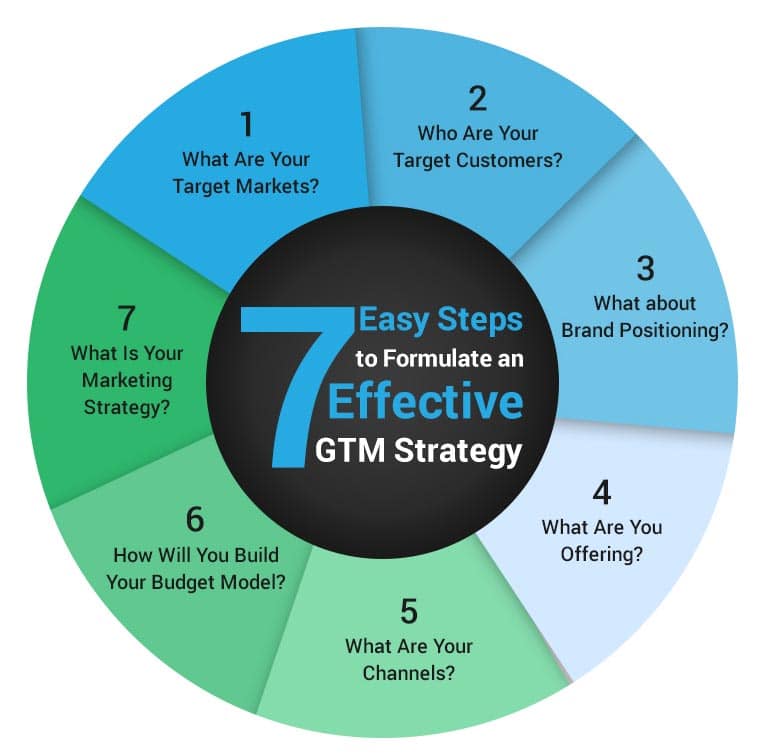
Go-to-market strategies are often used for new products, but they can also be leveraged to improve sales for existing products.
Here are the major components you’ll need to develop for a successful go-to-market strategy:
Understand Your Buying Center
Selling to businesses is a lot different than selling to the general public, primarily because sales cycles are longer and there are more decision-makers involved. In fact, research suggests there’s an average of seven people involved in every business buying decision.
These people represent your buying center ― they have a voice in the products that are purchased. These roles may include, but aren’t limited to:
- The end user
- The buyer (the person funding the purchase)
- The decision-maker (the person who approves the purchase)
- The influencer (the person who convinces decision-makers a product needs to be purchased)
- The gatekeeper (the person who could kill the sale)
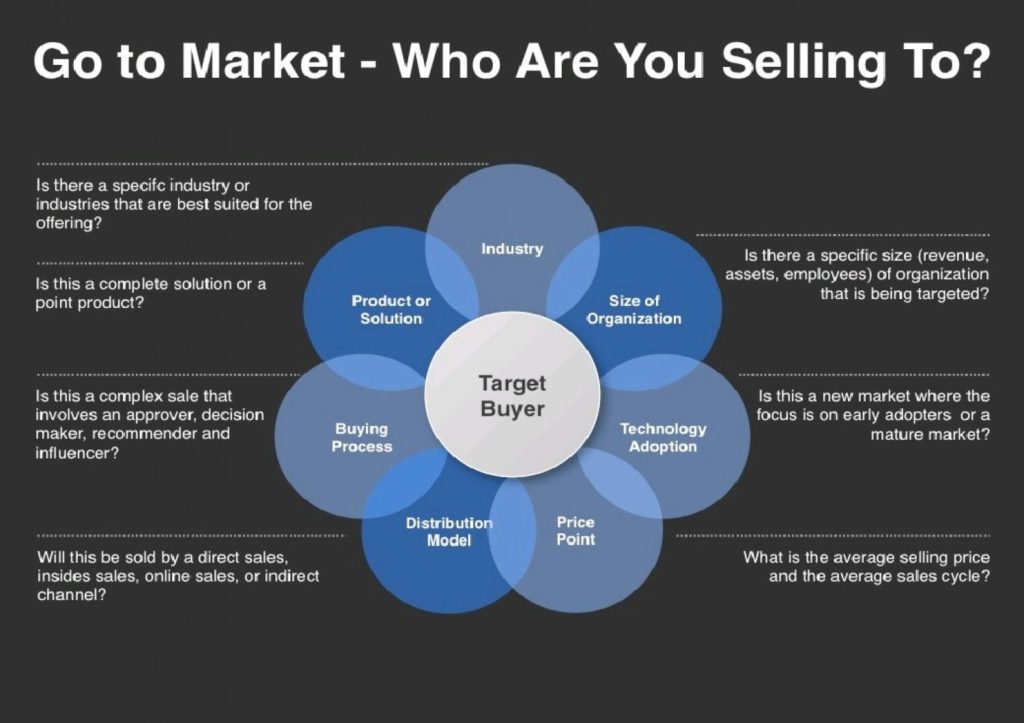
Some of these roles may overlap, but you should be aware of all of them and how they can impact your ability to sell.
Turn Your Buying Center into a Value Matrix
Once you understand your buying center, you’ll want to cater to each of their interests. The person who controls the money isn’t going to have the same priorities as the person who will ultimately use the product. Therefore, you’ll need to position your product in several ways to ensure each person in the buying center can see the value you bring.
For example, a cost controller may approve a purchase if it helps the company save money. They care nothing about how a product works, unlike the end user who will be responsible for executing the product or service.
To create your value matrix, map out each buyer persona and list the unique business challenges or problems they face. Then position your product and messaging to address each of these challenges while emphasizing value and benefits over features and technical aspects.
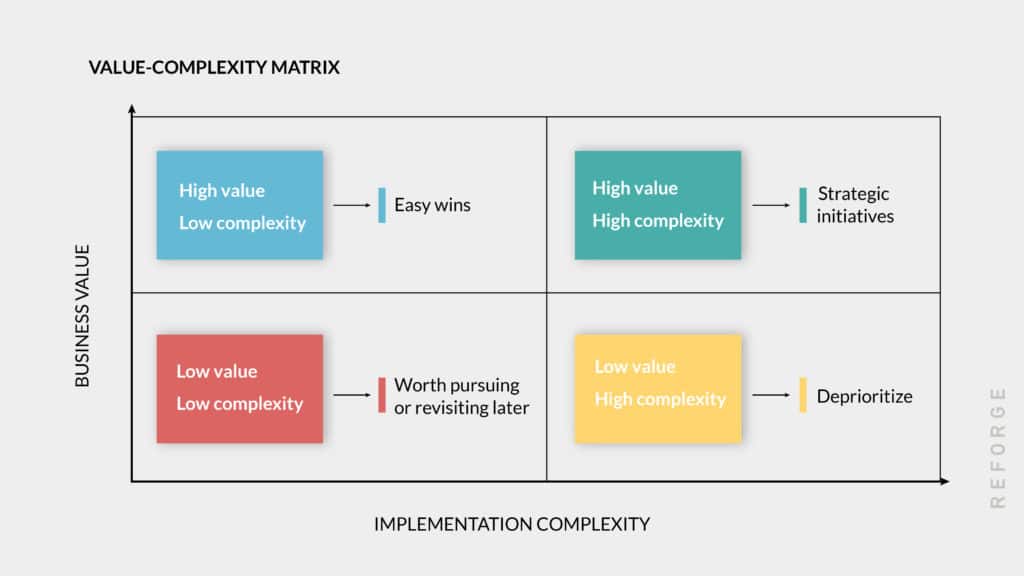
Map Out Your Buyer’s Journey
Once you get in front of your intended audience, there’s a process that takes place before they’re ready to make a decision. The basic stages of the buyer’s journey are:
- Awareness — The prospect becomes aware of your company or product.
- Consideration — The prospect begins to explore your product as a potential solution.
- Decision — The prospect narrows down their choices and makes a decision.
This process assumes a funnel shape, where there’s a lot of interest at the top and only a fraction remaining at the bottom of the funnel, representing those who will actually buy your product. Your go-to-market strategy shouldn’t just focus on getting your product on the market; it should also address how to move your prospects through the funnel to earn their business.
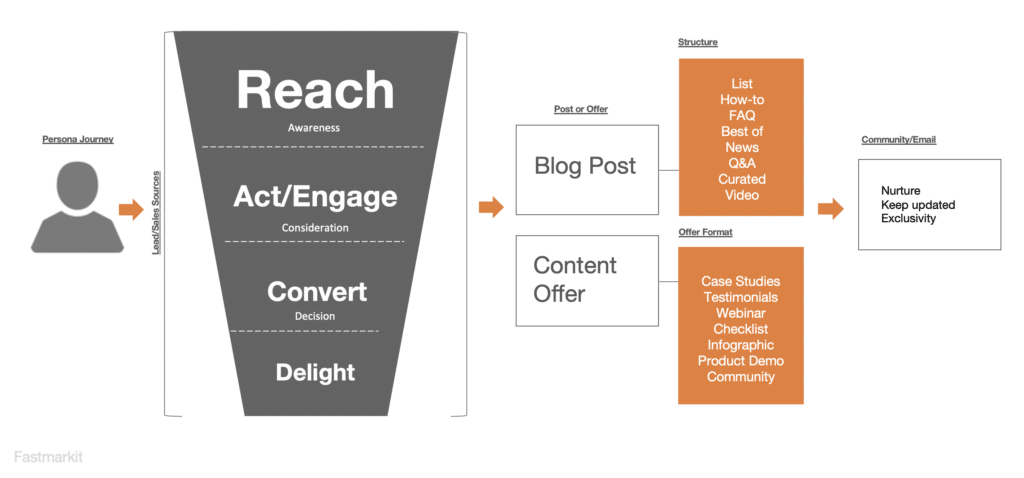
This means creating marketing and content that caters to each of these stages. At the top of the funnel, you might run ads, write blogs, or create videos and checklists that earn your audience’s attention. In the middle of the funnel, you might shift toward webinars, tutorials, or free demos that give prospects a closer look at your product.
And finally, you could offer a free trial, quote, or proposal to close the deal.
Develop Your Sales Strategy
All of the above steps combine to create the foundation you need to develop your sales strategy ― or how you plan to actually sell your product. Sales strategies typically fall into one of four buckets:
- Self-service — Customers make purchases on their own (ideal for simple products with a low price point).
- Inside sales — Customers work with a sales rep in your organization to purchase (typically for products with a medium complexity and price).
- Outside/field sales — Customers buy from reps outside your organization (typically for large enterprise sales that are complex and pricy).
- Channel sales — Customers buy your product from an affiliate, outside agency, or partner (commonly used for retail or affiliate marketing).
Some companies choose to mix and match their sales strategies or shift from one model to another as they scale.
Create Content to Support Your Product
Once you’ve laid the above groundwork, one of the last things you’ll do before launching your product is create content that can help you market to your buying center and connect with prospects wherever they are in your sales funnel.
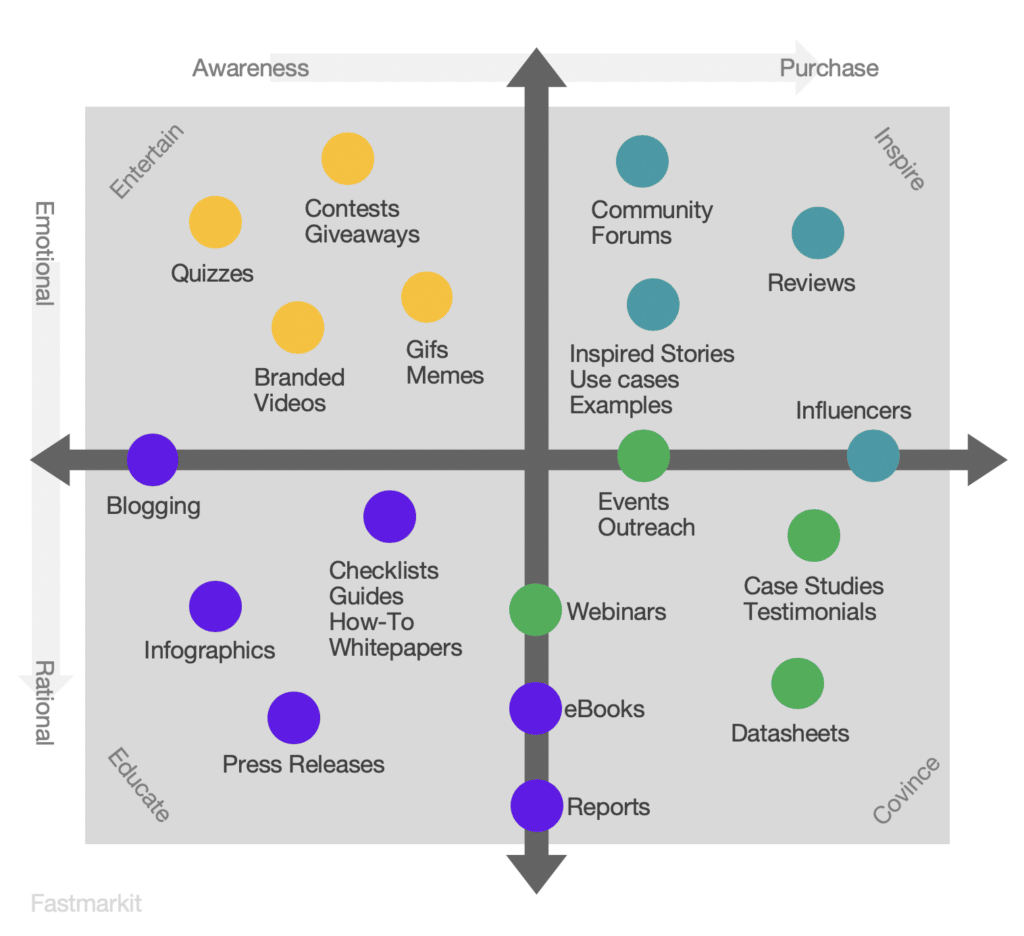
Your content can take a variety of forms:
- Product demo videos
- Live online demonstrations
- Webinars
- Blog posts
- Landing pages
- E-books
- Lead magnets (e.g., checklists, how-to guides, etc.)
- Influencer marketing
- Paid ads
Once you develop and design your content, you’ll want to promote it through various channels like social media, your website, email, online ads, and other outlets to maximize your reach. As you start getting responses, make sure you track where your leads are coming from and the content that’s gaining the most engagement so you can double down on what’s working well.
For more insight into content marketing, check out my guide on how to create a successful content marketing strategy from scratch.






One Response
Very informative.